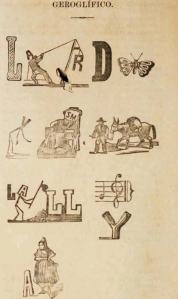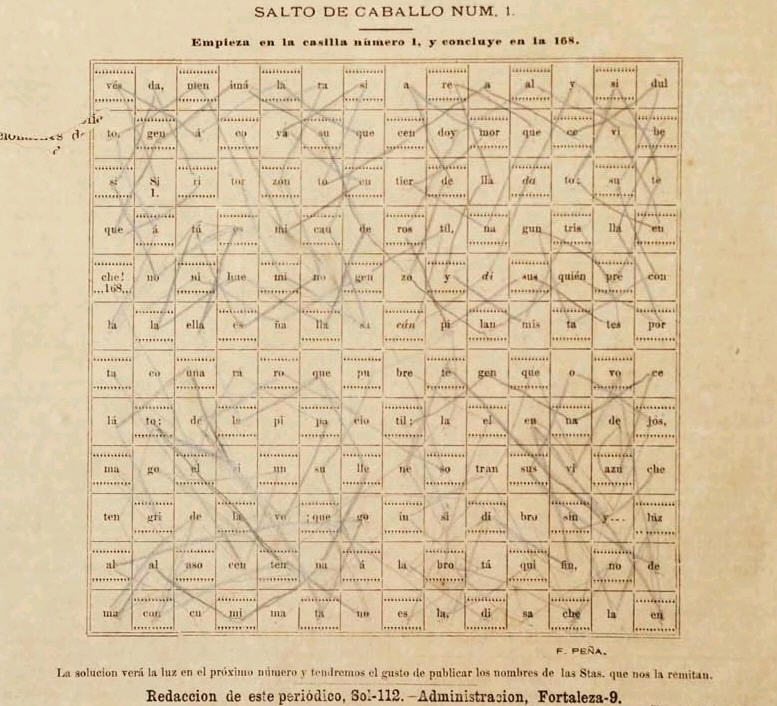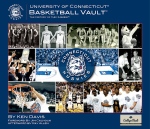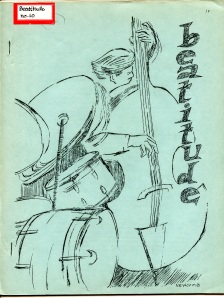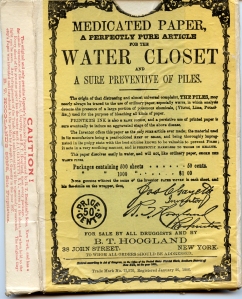UConn Faculty & Students – Please take a few minutes and help the UConn Libraries help you
From: Brinley Franklin
Vice Provost, University Libraries
The University of Connecticut Libraries needs your help and participation in the Fall 2010 LibQUAL+TM Survey.
The LibQual+TM Survey has been used by more than 1,200 libraries internationally to periodically and consistently track, understand, and act upon their users’ opinions of library service quality.
As in the past, the LibQual+TM Survey results will inform our Libraries’ planning on how to best provide library services to the UConn community. This survey process has been reviewed by UConn’s Institutional Review Board (IRB) and all responses are confidential and will not be associated with a respondent’s e-mail address or other personal information.
One participating student* (grad or undergrad) will win a $500 GIFT CARD from the UConn Co-op!
The link to the survey can be found in your e-mail. If you missed the e-mail, have questions, or need assistance in any way, please contact librarysurveys@uconn.edu
Please complete the survey by: December 10, 2010
Thanks for participating!
* Participation in the drawing is optional. Eligible students must be registered to take classes at the University of Connecticut during the Fall, 2010 semester; have completed no more than one online survey; have entered an optional “uconn.edu” e-mail address at the time the online survey form is completed; not be an employee of the State of Connecticut, including student employees of the University, or of the UConn Co-op; permit the University of Connecticut to make public a photograph, name, home town, academic year and major of the winning entrant; agree to any rules and restrictions placed upon the use of the gift certificate by the UConn Co-op.






